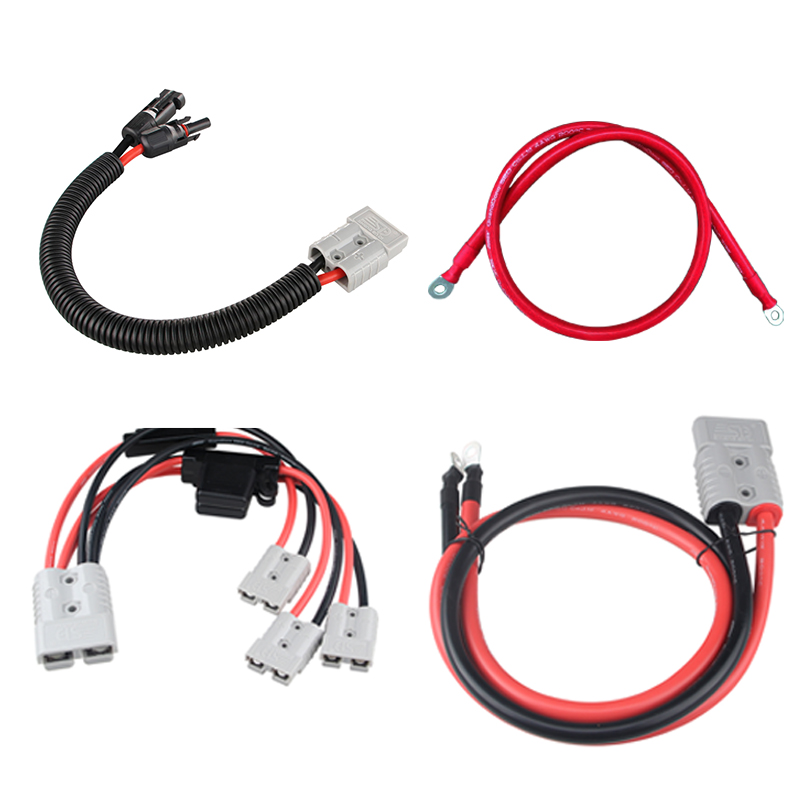As an integral component within lithium batteries, the battery wiring harness assumes a pivotal role in elevating overall battery performance. In this discussion, we delve into the functions and design principles that underscore the significance of lithium battery wiring harnesses.
**The Role of Lithium Battery Wiring Harnesses**
Lithium battery wiring harnesses, encompassing components such as the 50A 600V bipolar electric vehicle battery connector plug harness, single-pole 45A plug soft silicone wire, and the 350A 600V Plug Wire One Drag Six Harness, serve as crucial conduits that interconnect battery cells. Their primary functions include facilitating current transmission and supporting the battery management system (BMS). The critical impact of lithium battery wiring harnesses on enhancing battery performance encompasses the following aspects:

1. **Current Transmission:** Lithium battery harnesses efficiently transmit current from the battery core to the entire battery pack, ensuring seamless operation. Their design prioritizes low resistance and high conductivity to minimize energy loss during current transmission.
2. **Temperature Control:** Given the heat generated during lithium battery operation, effective heat dissipation becomes paramount. The lithium battery harness, through meticulous design and material selection, enhances the heat dissipation performance of the battery pack, maintaining temperatures within safe limits and extending the battery's service life.
3. **BMS Integration:** Lithium battery harnesses establish a vital link with the Battery Management System (BMS), enabling real-time monitoring and management of the battery pack. This connection allows continuous surveillance of parameters such as voltage, temperature, and current, ensuring the safety and optimal performance of the battery pack.
**Principles Guiding Lithium Battery Wiring Harness Design**
To guarantee the performance and safety of lithium battery wiring harnesses, adherence to specific design principles is imperative:
1. **Low Resistance:** Opt for wires with low resistance and employ an SEDropriately sized cross-sectional area for the wiring harness. This minimizes energy loss during current transmission.
2. **Efficient Heat Dissipation:** Select wires with superior heat dissipation properties and strategically design the layout of the wiring harness to enhance the overall heat dissipation effectiveness of the battery pack.
3. **High Temperature Resistance:** Given the high temperatures generated during lithium battery operation, prioritize wiring harnesses with excellent high-temperature resistance to ensure stability and safety.
4. **Safety and Reliability:** Lithium battery wiring harnesses must exhibit robust insulation performance and corrosion resistance to mitigate the risks of short circuits and damage during operation.
By adhering to these design principles, lithium battery wiring harnesses contribute significantly to the optimization and safety of lithium battery systems, fostering advancements in energy storage technology.
 Guangdong SED Co., Ltd.
Guangdong SED Co., Ltd.
 +86 13763213143
+86 13763213143
 info@dmictech.com
info@dmictech.com


